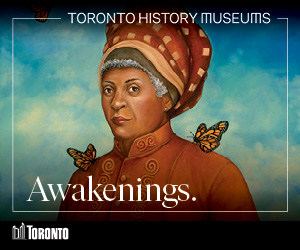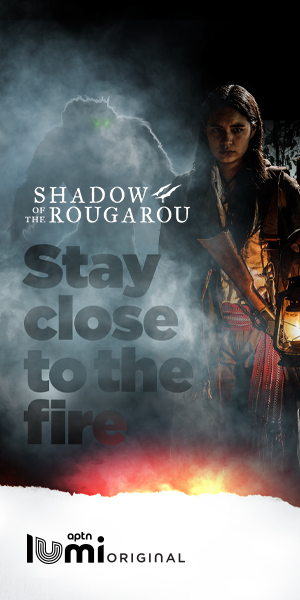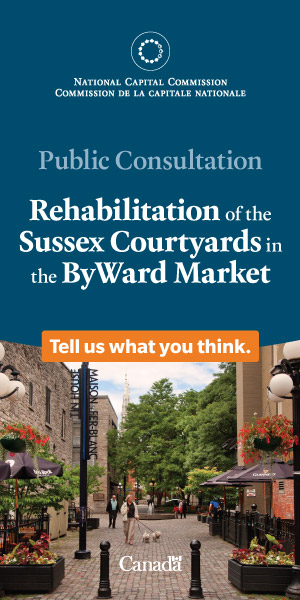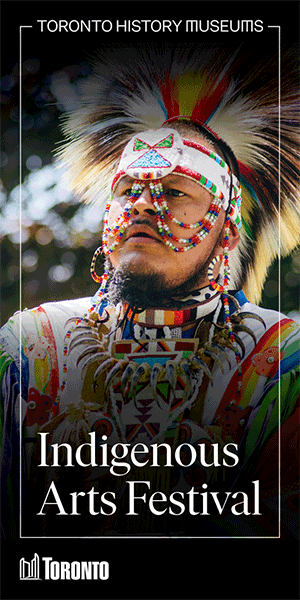
Clarence Louie, Chief of the Osoyoos Indian Band will be inducted into the 2019 Canadian Business Hall of Fame on June 19, 2019. Mr. David Denison, Chancellor of the Order of the Business Hall of Fame says the 2019 Class of Companion Inductees is a very special group which recognizes and celebrates the accomplishments of Canada’s most distinguished business leaders.
“The Canadian Business Hall of Fame is honoured to recognize their enduring contributions to the business community and our country,” said Denison. “We will have the great privilege of highlighting their excellence in business leadership, outstanding professional achievements and dedication to bettering Canada’s social fabric.”
Clarence Louie, the first Indigenous person inducted into the Business Hall of Fame was born in 1960 and raised on the Osoyoos Indian Band by his mother. Due to high unemployment, many adults on his First Nation community had to work as transient labourers on fruit orchards in nearby Washington State. Louie was forced to be self-sufficient during his childhood years. At age 19, he left BC and enrolled at the First Nations University in Regina. He then completed native studies at the University of Lethbridge. After receiving his degree, he returned to home to Osoyoos.
At 24 years of age, Louie was elected as chief of the Osoyoos Indian Band. Louie has won every election but one since 1985. The band has 540 members, and controls 32,000 acres of land. He started the Osoyoos Indian Band Development Corporation (OIBDC) in 1988. Through the corporation’s efforts, the previously impoverished band started or acquired nine businesses, including tourism, construction, and recreation companies. The band now employs 700 people including non-First Nations. A high-profile business started by the OIBDC during Louie’s tenure is Nk’Mip Cellars, the first aboriginal-owned winery in North America.
First Nations Drum had the chance to speak with Clarence Louie and discuss his induction into the Canadian Business Hall of Fame.
When did your interest in business start?
“I guess when I was first elected chief back in December of 1984 because you quickly realize in order to create self sustaining jobs on the reserve you have to be in business affairs, there aren’t enough jobs in the band office for every band member; and the biggest employer should not be the band office. The only way to create jobs is to get involved in economic development and business.”
One of your main goals was to hire band members, was this difficult, and how did you go about getting members trained and qualified for their positions?
“Well any band’s main goal is to employ band members, of course you can’t always do that, because you need experienced people and you need to hire qualified people for those jobs whether that be in finance or any position. I know many First Nations who hire white people or whoever because you need people to keep the ship running. This is why you need to set aside money for training, and the money that comes from Indian Affairs for Education is never enough, so you have to create your own revenue to cover and employment & training. Leasing revenue pays for everything around here at Osoyoos Indian Band. Not all band members want to work for their band, so you have to hire non-band members, and it’s no different here at Osoyoos. Every band has some capacity building to do, so we set aside money to send band members to go get their education and training, whether it’s in Canada or the U.S., so they have an opportunity to manage some of our businesses.”
You are the first Indigenous business person to be inducted into the Canadian business Hall of Fame, what are your thoughts?
“Well again I’m not the original entrepreneur here, as elected chief, I don’t own any of these companies here in Osoyoos. So I find it strange that I’m being singled out, because I didn’t put any of my money in these companies, they’re owned by the band, so it should be the band recognition because this was a team effort, not only one person. I played a role in Osoyoos accomplishments and success, but there’s council, and band members that have to agree in the business ventures and land leases, so it’s a recognition for the Osoyoos Indian Band.”
What are some of the achievements that stand out?
“Well all the jobs we’ve created. We now have more jobs than we do band members. Every First Nation can’t say they’re independent if they can’t create their own money, it’s a simple reality. If your money comes from Indian Affairs, then you’re a dependent First Nation, if the biggest employer on the First Nation is the band office, then that’s wrong. You can’t be independent if you don’t create your own revenue.”
You have been elected chief of the Osoyoos since you were 24 years old, how has the business landscape changed for you, since 1984?
“No, I ran for chief 17 times and been elected 16 times since 1984. Well of course I’ve learned a lot, I have a lot more business contacts, experience. We’ve done some stupid things, and we learn from those mistakes. When I was first elected, we only had 2 council members and now we have 5 council members and a Chief, plus our population has grown. We have more mouths to feed, more demands, therefore we have to make more money and create more jobs.”
It seems you started from scratch to your current business and investments (including a vineyard and winery, a four-star resort, and a 9-hole golf course) what were the main challenges you faced?
“Well it always boils down to money and that is the main obstacle. We need money to seek out good advisors to create proposals and grant money. We also needed to change our mindset that we can’t always depend on Indian Affairs for money and we have to start creating our own economy and become more business minded and we need better finance people, number crunchers, better business minded individuals, and hire business advisors. We need to move forward and get on our economic horse.”
The welfare rate on First Nations in Canada is quite high, what is the rate, if any on Osoyoos Indian Band?
“In every community you have people on welfare, some have good reason, cause of their health, or maybe a disability, single mothers raising children and of course we have our group of ‘lazy ones,’ I think every community has their ‘lazy ones. 80 per cent of my people or more are employed compared to many First Nations that have 50 per cent of their people unemployed. We have a membership of 540, but like every band, not all our members live on our First Nation, we have members scattered throughout the U.S. and Canada, but the majority live on the reserve, and we’ve had members move back to Osoyoos because of the opportunity of jobs. But we have more jobs then we do have band members. Is everybody working, ‘no.’”
Wet’suwet’en hereditary leaders are saying they have authority over the territory and the elected band councils have authority over the band reserve, would you like to comment on this issue?
“We don’t have hereditary chiefs in the Okanagan First Nations, so we don’t have to deal with this issue here, but all people on our reserve still have a say on decisions that are important to Osoyoos. My understanding is the First Nation is owned collectively not individually.
What are your thoughts on current Liberal MLA, Jody Wilson-Raybould controversy?
“I have too many other issues to deal with on my reserve, that’s a national issue, we have a national chief, and of course you have your provincial AFN (Assembly of First Nations) chief, and Union of BC Chiefs, so we elect them them and they get paid to keep their focus and eyes and ears on national issues.”











